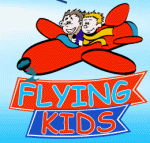 I've been flying internationally (Europe, Africa, Middle East, US) and domestically (US and Tunisia) with my four children since they were 2 months (my children are now 11,8,2,1 and I am currently pregnant with our fifth). At least three trips a year are the children and I traveling internationally (14+ hours each way) alone. In addition to that, we do another 8-10 international and domestic flights a year as a family. Here are some tips, advice, and products that have always worked for me and I hope will help you. If you have any specific questions, or do not find your answer on these pages, feel free to contact me and I will do my best to help you.
I've been flying internationally (Europe, Africa, Middle East, US) and domestically (US and Tunisia) with my four children since they were 2 months (my children are now 11,8,2,1 and I am currently pregnant with our fifth). At least three trips a year are the children and I traveling internationally (14+ hours each way) alone. In addition to that, we do another 8-10 international and domestic flights a year as a family. Here are some tips, advice, and products that have always worked for me and I hope will help you. If you have any specific questions, or do not find your answer on these pages, feel free to contact me and I will do my best to help you.
Most doctors recommend that if anyone is sick (such as being stuffed up or already having an earache), not to take the flight because of the potential damage to the ears. I know my husband and other pilots do not work if they are sick because of this danger.
Also be sure to keep your doctors name and number with you. If you can, get the name and number of a doctor where you are visiting in case an emergency should come up.
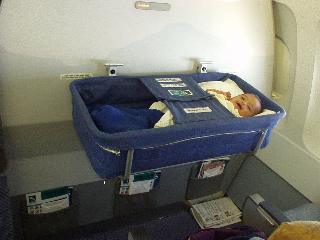
Try to book a bulkhead (front) seat where you will have more room, and a bassinet. Bassinets are limited, and not available on every flight. If the bassinet is available (they can only be used in bulkhead seats) it will attach to the front wall for you to put your child in (however you can not use this during taxi, take-offs, landings, or turbulence).
This is not the safest way for a child to fly and in fact, the
FAA (Federal Aviation Administration - USA),
CATSA (Canadian Air Transport Security Authority - Canada)
CAA (Civil Aviation Authority - UK),
JAA (Joint Regulatory Authority - Europe),
and CASA (Civil Aviation Safety Authority - Australia)
among others, and all airlines recommend children under 40lbs (18kg) have their own seat with a child safety device.
The truth is, accidents and incidents with planes are rare, but when they happen, they can be more detrimental than any accident in a car. Turbulence can come on quite suddenly and can sometimes be very severe. I have been on planes during such bad turbulence that anything not buckled down went flying. We pay such careful attention to how we protect our children in cars, that it only makes sense to protect them in a plane as well.
Also, many airlines offer half-price tickets so parents can be guaranteed that their child can travel in a CRS device. You should call your airline to ask for a discount and/or ask what the airline's policy is for using empty seats. If you haven't booked a separate seat for your child, be nice on check-in and see if they can "block" the seat next to you. They will then only use it if they absolutely need it, leaving it free for you to use during the flight for your child (basically you are getting her a sea for free).
Someone brought THIS VIDEO to my attention and I thought I would share it here. It is only 2 minutes and 30 seconds long, but is very powerful. It is a short clip taken from a documentary from National Geographic about a plane crash. This particular clip talks about the dangers posed to lap children. I want to make clear at this time that the guidelines discussed in this clip for lap children are still in place today for a majority of the airlines.
HERE is a letter that a Flight Attendant wrote to Dear Abby, talking a little bit about the dangers of lap children.
And Car Seat Safety 4 Kids has a great page that talks about the hows and whys of using car seats on planes.
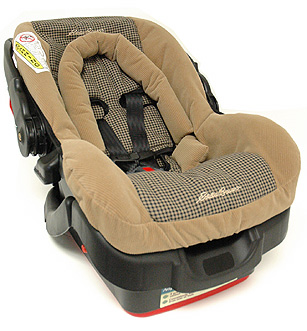
I advise using a CRS (Child Restraint System - otherwise known as a car seat) because it is safe for the child - especially during turbulence, makes them feel secure, is more comfortable for both parent and child, will help your child sleep, and gives both of you the opportunity to relax a bit.
A CRS is a hard-backed child or infant safety seat that is approved by the government for use in both motor vehicles and aircraft.
Booster seats are NOT authorized for use during taxi, take-off, or landing because in an airplane there is no shoulder belt for upper-body restraint (and a booster seat mandates this). Booster seats should be checked as baggage.http://www.faa.gov/passengers/fly_children/crs/ Next to last paragraph
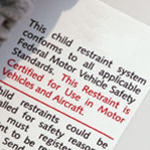
In order to be certified for use on an airplane, the car seat has to met the Federal Motor Vehicle Safety Standards. Check the labels on the side of your car restraint for a sticker (words will be printed in red) for verification that your seat is safe for airplane use.
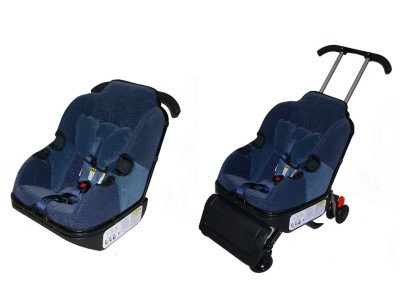
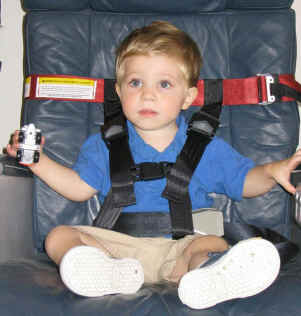
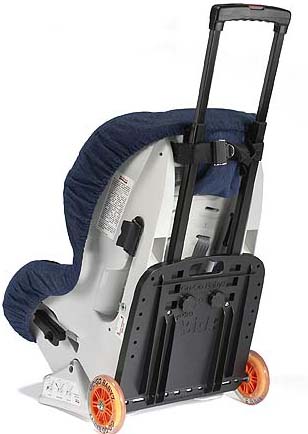
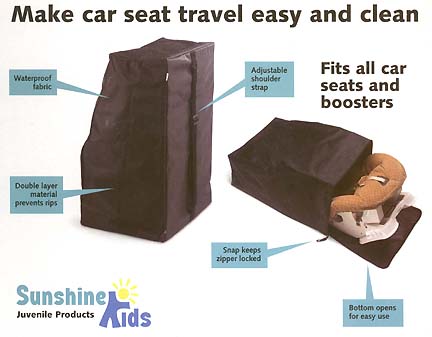
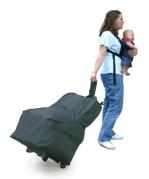
Most people do not bother to wrap strollers because it can be time consuming and the handlers can sometimes be rather impatient. If you do choose to wrap up your stroller, make sure that you do it well ahead of boarding time, and don't forget to place your baggage claim ticket on the outside so it can easily be verified as yours.
There are products to help protect your strollers, and prices vary depending on what you choose to use. There are some that are designed for specific strollers, such as the Phil and Ted's Travel Bag, and there are products that are generically designed to fit certain strollers, such as the J.L. Childress Gate Check Travel Bag for Strollers:
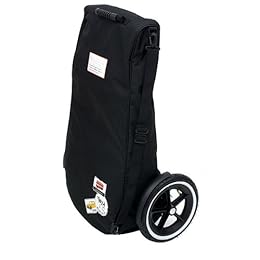

Here is how gate checking a stroller works:
When you first check-in, let the agent know you have a stroller. They will put a a luggage tag on your stroller just like they do the rest of your luggage, except you are able to use the stroller throughout the airport. They will also give you the claim ticket for your stroller like they do the rest of your luggage. If you plan on using a stroller bag, le them know and they will give you the tag to put on the bag later once you have your stroller securely inside it, but before boarding.
When you go through security, you will be asked to fold your stroller and place it on the conveyor belt to be X-rayed. Because of this, it is always best to make sure that any "extras" you have on your stroller are taken off so that they are not damaged and so that the stroller can pass easily through the X-ray machine.
When you are boarding, whether you board first, in the middle, or last, there will be an agent that will take your stroller from you. Again, make sure that any extras are taken off so they do not get damaged during the flight, and secure your stroller in the closed position. The agent will place the stroller in a special compartment under the plane for the duration of the flight.
When you exit your flight, the handlers will have your stroller waiting for you at the end of the jetway, near the gate. Should you have a bus arrival instead of a gate arrival, they will place the strollers on the ground near the buses for parents to collect.
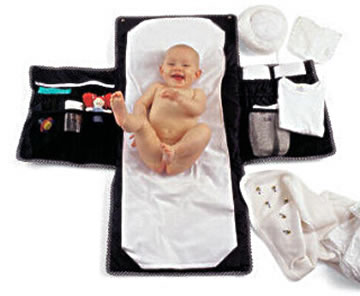
Do NOT plan on giving your children medicine with the hopes of it making them sleep on the plane. This is not only cruel, but dangerous as well. I have also seen where it backfires; a parent gives their child a dose of Benedryl to make them sleep, but instead it gets the child more hyper and the parents get absolutely no rest on the flight (and neither does anyone else).
All liquids over the 3oz (100 ml) limit will be subject to testing for explosives. TSA allows a passenger the option of a visual inspection of these items. You must request a visual inspection before screening begins, otherwise, all of the items must undergo x-ray inspection and might be subject to additional screening. You will NOT be asked to taste any of the liquids yourself, with the exception of travelers going through/from the UK.
All that you must do is:
1. Separate the milk, formula, juice, and/or baby food from the liquids, gels, and aerosols in your quart-size (1 liter) zip-top bag.
2. Declare you have the items to one of the Security Officers at the security checkpoint.
3. Present these items for additional inspection once reaching the X-ray. These items are subject to additional screening
The recent modifications also allow bottled water that is presented as an infant/child exemption into the secured area. Passengers traveling with bottled water intended for their child's use through the security checkpoint must:
1.) Be accompanied by an infant or young child
2.) Declare it to the Security Officer prior to entering the screening checkpoint and prior to x-ray examination
3.) Inform the Security Officer that it is bottled water intended for an infant or young child
4.) Open the bottle for additional screening, if required by a TSO .
(I got this last part about the water in an e-mail from TSA when I contacted them to verify the information before my most recent travels with my own children. If you'd like I can forward the e-mail to you as well.)
I have never had any problems with traveling with water for my young children while in Europe. The have had the policy of allowing water for infants and small children since the liquid ban began. I am happy the US is now catching up on it, although in my opinion it has taken them far too long to realize that small children need to have access to water, especially while waiting in the airport.
My children like to bring along their own coloring books, a Doodle Pad, their Leap Pads (with a few booklets), and scrap paper that they can make their own drawings with and play games such as tic-tac-toe. My daughter used to like to bring along a doodle bear when she was younger so that she could draw on that as well, and my son likes to bring along some action figures to play with. I found that buying a ROSE ART kit is great! It has crayons, markers, coloring books, coloring sheets, and stickers that they can color. It definitely keeps them entertained!
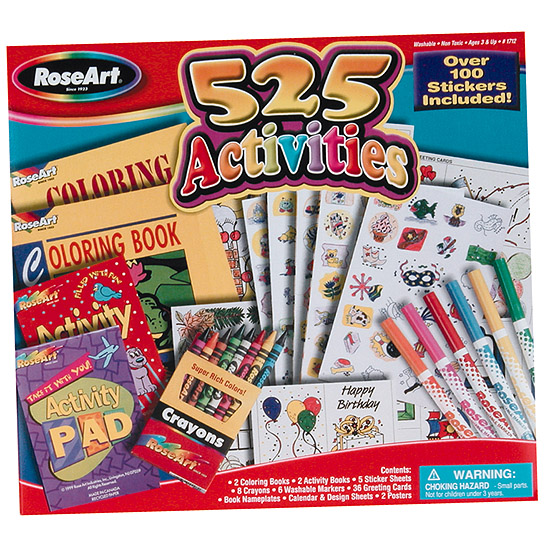


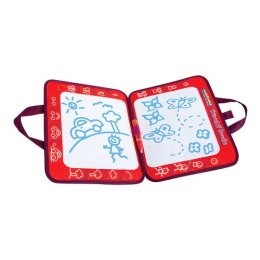

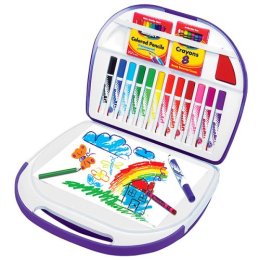

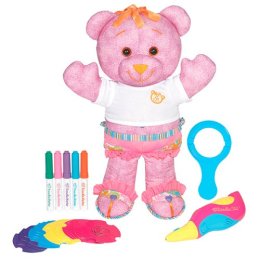
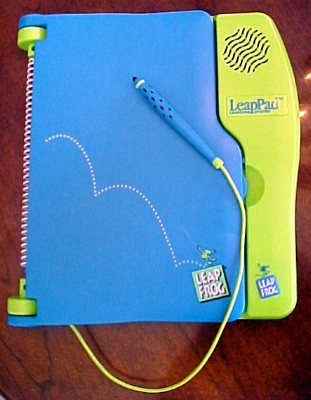
You can also play games like pat-a-cake, or I-spy, and tell stories to your children as well. If you tell a story, try to make it an interactive one where your children have a part in it so they stay interested.
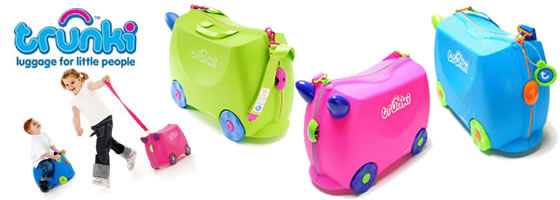
Here is a new piece of childrens luggage that has become very popular. It is sturdy, comes in bright colors, is easy for children to drag by themselves, and it can be used as seat (or car!) while you are waiting in line. It is very reasonably priced and children really like it. http://www.trunki.net/
You can also try using a decongestant. It is always best to check with your doctor before using any type of medications though, to make sure you are using the one best suited to your childrens needs.
I also know some people who say that instead of using the changing table, they say to put the toilet seat down, use the toilet as a seat for yourself, and lay the baby across your knee to change their diaper.
I have found for older babies, the easiest way is to change the childs diaper while they are still standing up. It takes up less room and can be done quite fast. Make sure that if you use this technique, you still go to the bathroom to change their diapers.
To make it easier on yourself, make sure that you undress your children so that they have just a diaper on while at your seat. Grab your diaper, wipes, and ointment or baby powder (whatever you use for changing your childrens diapers) and head to the bathroom. This will help to make the procedure faster and easier.
Try to change your childrens diapers (or make them use the toilet) as close to boarding as possible. This will help to make your children feel fresh and more comfortable for take-off (which could also mean less problems). If it is a short flight, you may get lucky and not need to change their diapers at all on the plane.


 Sign My Guestbook
Sign My Guestbook